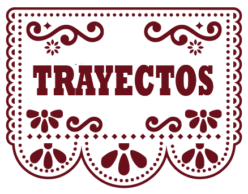Identifying People, Places, Things, and Ideas: Gender, Number, and Definite and Indefinite Articles: Uso y forma
La lista de Carolina
Carolina, the student we met in the first section of this module, has made a list of the school supplies she needs some of her classes this semester. What does she need? Have a look at her list. ¿Es tu lista similar a la lista de Carolina?
En el Módulo introductorio, we learned the words for one or a (un or una). Have a look at Carolina’s list. What do el and la mean? What is the difference between un and el and una and la?
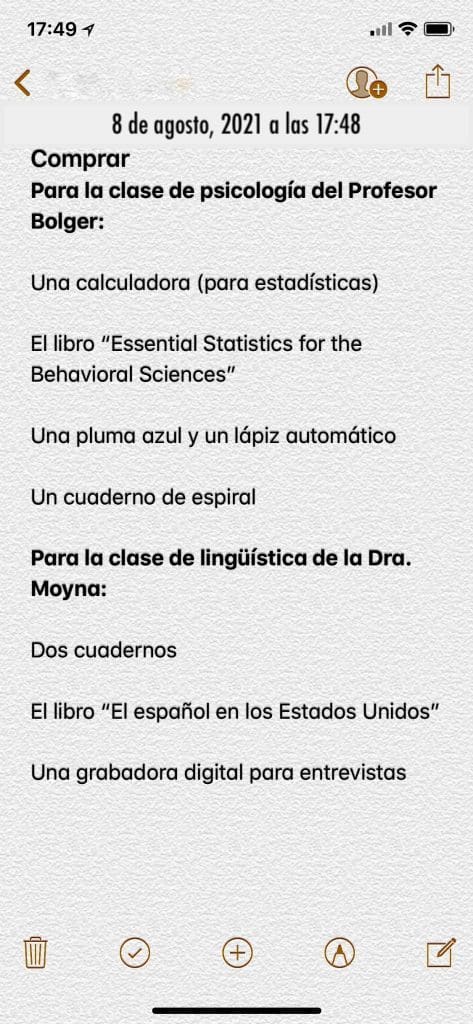
¿Comprendiste? Responde las preguntas a continuación sobre la lista de Carolina.
- ¿Es tu lista similar o diferente? ¿Por qué? ¿Qué útiles escolares hay en tu lista? Usa un/una and el/la to talk about your list.
- ¿Quién es el profesor de la clase de sicología?
- ¿Qué necesita Carolina para el curso de la Dra. Moyna?
- ¿Qué compra (buys) Carolina para las entrevistas?
- ¿Hay un libro en la clase de sicología? ¿Cuál es el nombre?
In Módulo introductorio, we saw that we use nouns (los sustantivos) to talk about people, animals, places, things, and ideas, and we learned that los sustantivos have gender (género–femenino or masculino). Of course, this does not mean that Spanish speakers believe that all things have gender. In Spanish, gender is a grammatical feature. Sometimes, the ending in a noun can tell you if it has feminine or masculine gender. For example, most nouns ending in -a are feminine, and most nouns ending in -o are masculine. When a noun is accompanied by an indefinite article (un or una) or by a definite article (el or la), the article will match the gender of the noun. Have a look at these examples.
| Masculine Nouns | Feminine Nouns | |
| Definite Articles | el niño the boy
el escritorio the desk |
la niña the girl
la puerta the door |
| Indefinite Articles | un niño a (one) boy
un escritorio a (one) desk |
una niña a (one) girl
una puerta a (one) door |
Unfortunately, with some endings, it is difficult to determine gender (e.g., those that end in a consonant, such as lápiz, which is masculine, or in other vowels, such as clase, which is feminine). Therefore, we recommend that when you learn a new word, you also learn the definite article that accompanies it. That way, you will remember the gender of the noun, and it will also be easy to figure out what the indefinite articles is when you need it. Here are other rules that might help you determine the gender of some nouns.
1. Nouns that that end in -ión, -tad, and -dad, or end in other consonants and refer to beings with female attributes are feminine in gender.
la mujer, la canción (the song), la amistad (friendship), la ciudad (the city).
2. Many nouns that end in -ta or -ma are masculine.
el cometa, el planeta, el tema (the theme, the topic), el poema
3. Some nouns that refer to people have a single form; therefore, they can be both masculine and feminine, and gender is indicated by the article chosen to refer to them. You already know one of these nouns, estudiante (el/la estudiante).
el/la paciente (the patient), el/la dentista, el/la periodista (the journalist/reporter).
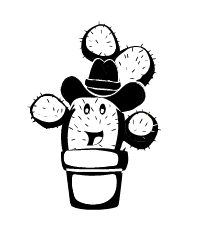 ¡Ojo!
¡Ojo!
There are some words that do not follow the rules discussed above, and thus, you need to follow our recommendation: Learn the word and the article to remember their gender. Some of the words in this category are: La mente (the mind), la gente ([the] people), la clase, el mapa, el día, la mano (the hand), el agua (water). The following video summarizes the information discussed in this section.
¿Y el plural? What happens if we need to talk about people, things, places, etc. in the plural? Well, it is quite easy.
- If we need an article to refer to them, we need to transform the singular form of the indefinite (un –> unos; una –> unas) or the definite (el –> los; la –> las) articles into the plural.
- We need to use the plural form of the noun. As in English, when a noun ends in a vowel, to make the plural form, you only need to add -s to the singular noun (e.g., un/el libro –> unos/los libros). If a noun ends in a consonant, you need to add -es (e.g., una/la universidad –> unas/las universidades).
 Nota importante: Inclusive Spanish
Nota importante: Inclusive Spanish
In recent years, there has been a movement to make Spanish more inclusive in terms of gender. To learn more about this important issue, we recommend the following resources:
- A Language for All: Article in the Washington Post
- A New Effort In Argentina Seeks To Make Spanish Nouns Gender Neutral: Report on NPR
- En español:
- Video sobre el tema: http://bit.ly/LenguajeInclusivoVideo
- Una guía para entender cómo el lenguaje inclusivo evolucionó alrededor del mundo: Artículo del diario argentino “La Nación“
- “Todes” en lugar de “todos”: Editorial a cargo de Jorge Ramos para Univisión
Now let’s actively use our new structures. ¡La vida (life) en la universidad es muy interesante! ¿O no? Paso 1. With three or four classmates, look at the Snap photos below, and describe what you see in them in as much detail as possible. Usa el vocabulario de este módulo y los artículos indefinidos (un, una, unos, unas) y definidos (el, la, los, las). Let’s see which of the class groups gets the highest number of details. Hay unos libros en la librería. Los libros son de temas de ficción, historia y biología y son los libros favoritos del personal de la librería. Hay autores internacionales como Slavoj Zizek y nacionales como Sally Jenkins. Paso 2. ¿Con qué fotos te identificas? ¿Por qué? Would you post photos like these? What would you upload to show your life as a university student? Try to use as much Spanish as possible to answer these questions! Remember Mariana, the international student we met in Módulo introductorio? She is finally on campus, and she wants to know more about the university. What information are you going to give her? With two or three classmates, take turns using the cues to give Mariana information about the university. Usa el vocabulario y los artículos definidos e indefinidos en este módulo. Which class group knows the university the most? librería → En la universidad hay una librería. Se llama MSC. presidente → En la universidad el Doctor Young es el presidente. En la universidad… Do you think campuses in other parts of the world are similar to campuses in the US? Look at the following map of a university in Colombia (click here to see larger image of the map) and compare it in terms of what your university offer to students (e.g., cafeterías, librerías, etc.). With a classmate, make sentences using the definite and indefinite articles and the verb hay. Before you begin your work, look at the map below, and find out: ¿Es este campus similar o diferente a tu campus? En mi universidad hay un estadio de fútbol americano y en la universidad hay… Now you and three or four classmates need to create your ideal university. Do the following:![]() ¡Manos a la obra!
¡Manos a la obra!![]() Actividad 1-3. Snapchat en universidad.
Actividad 1-3. Snapchat en universidad.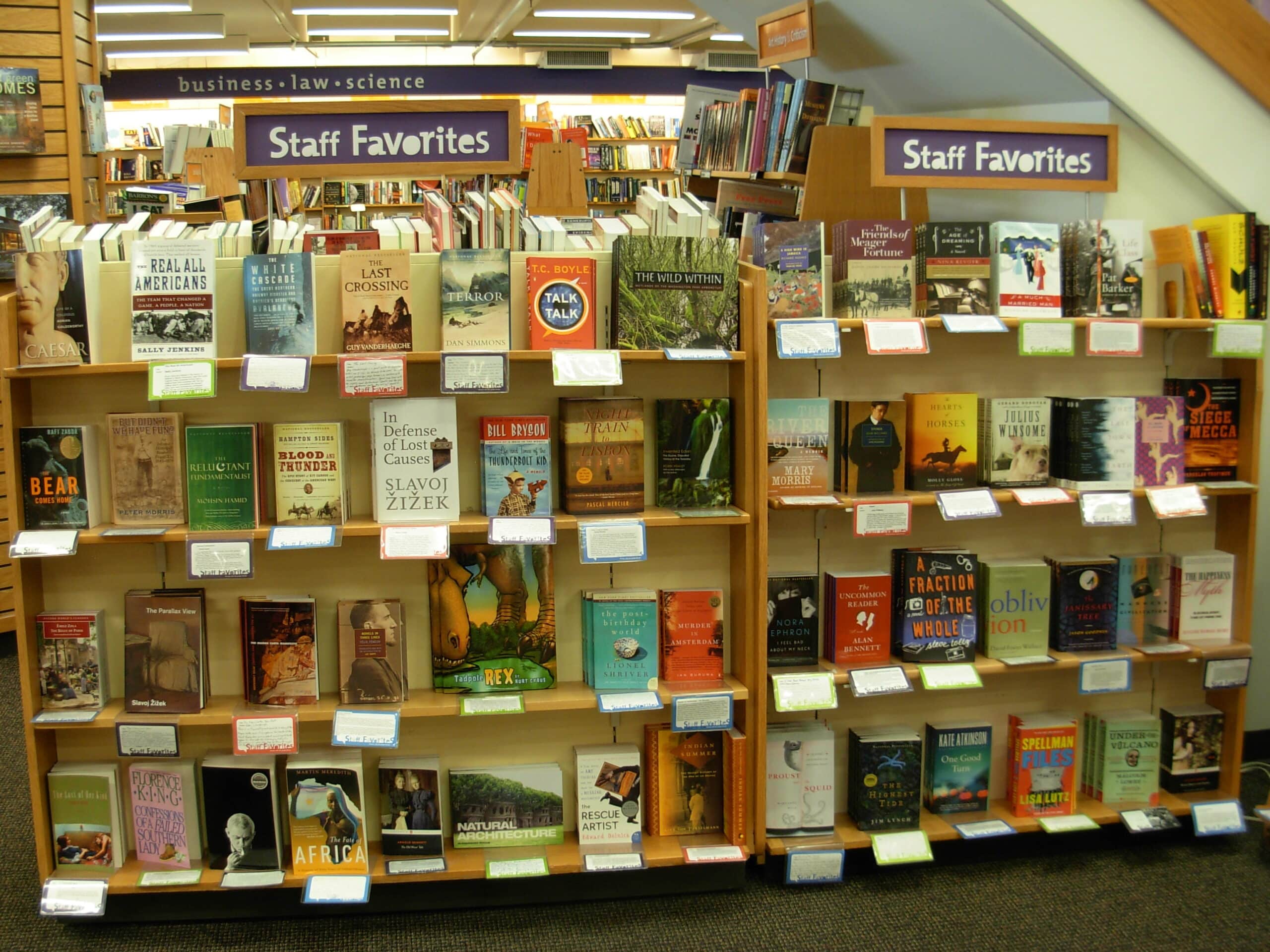
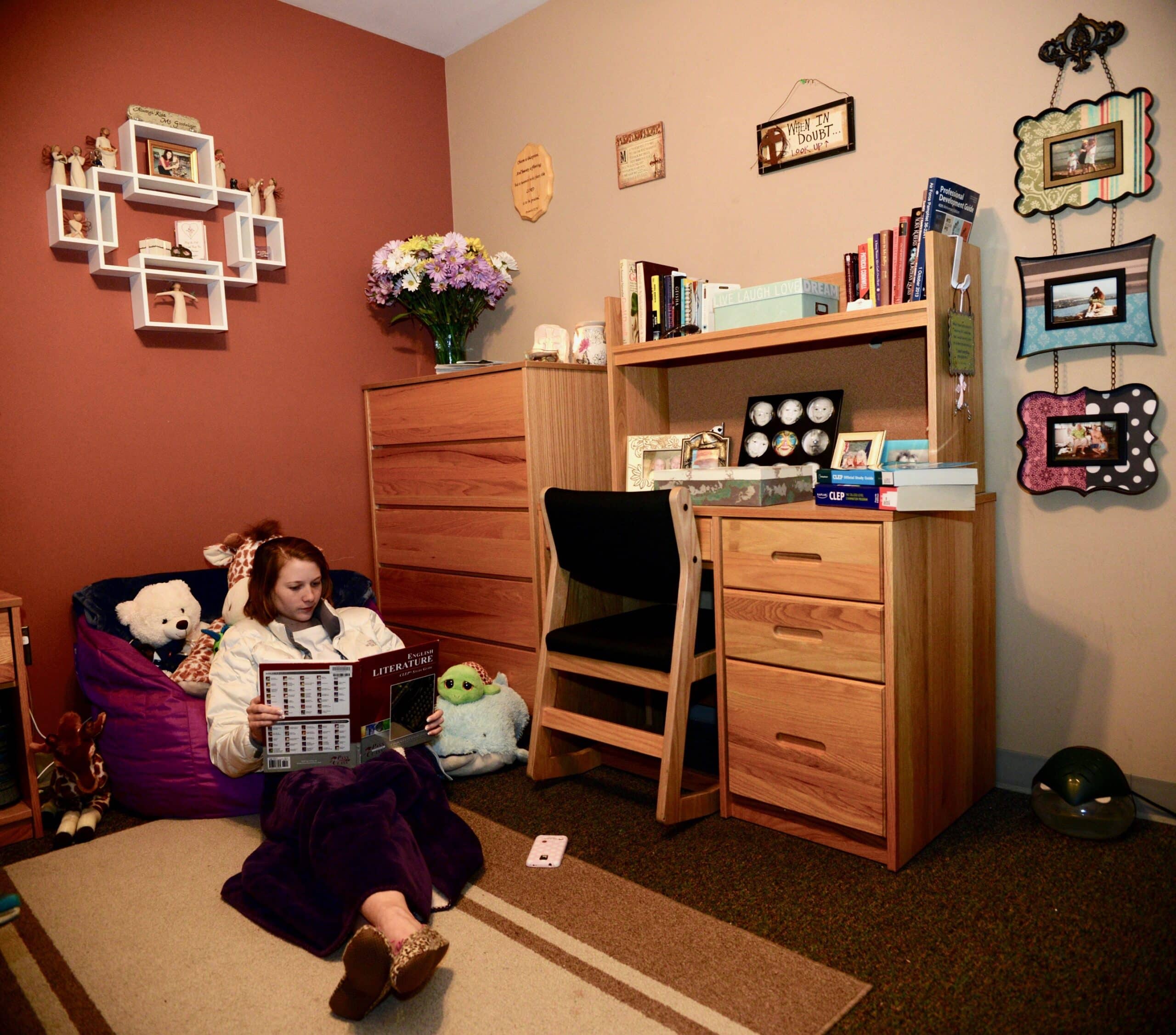
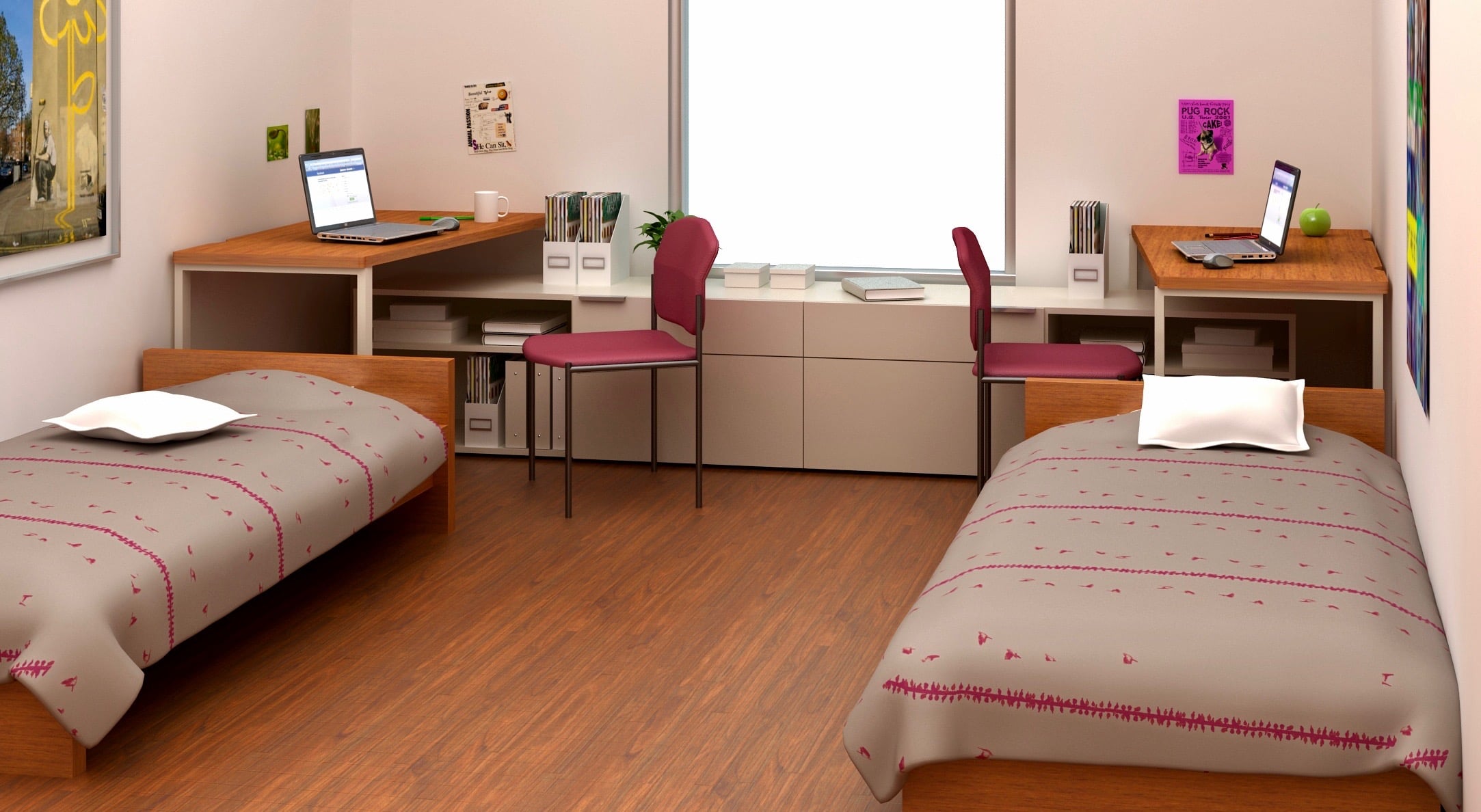
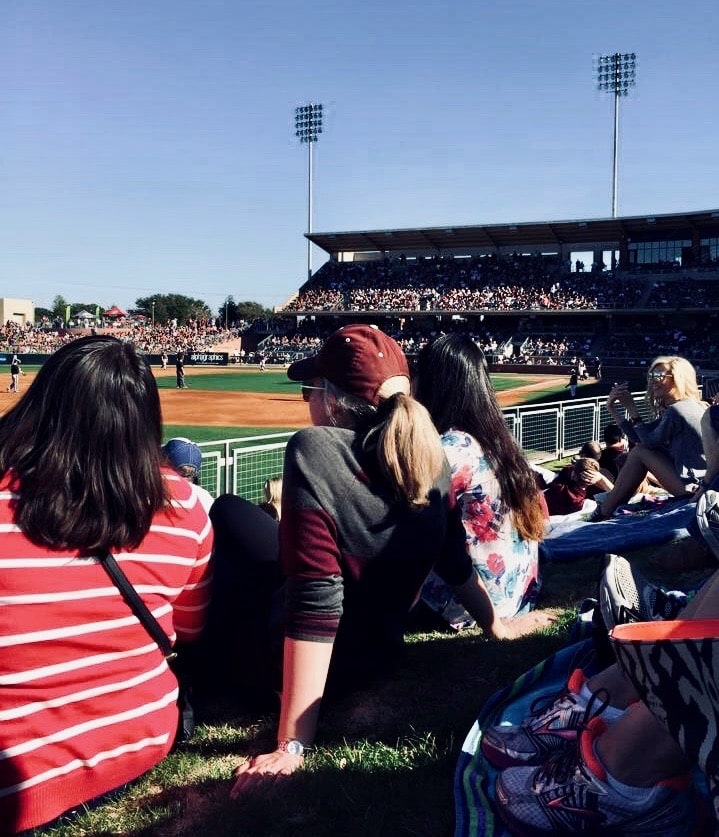

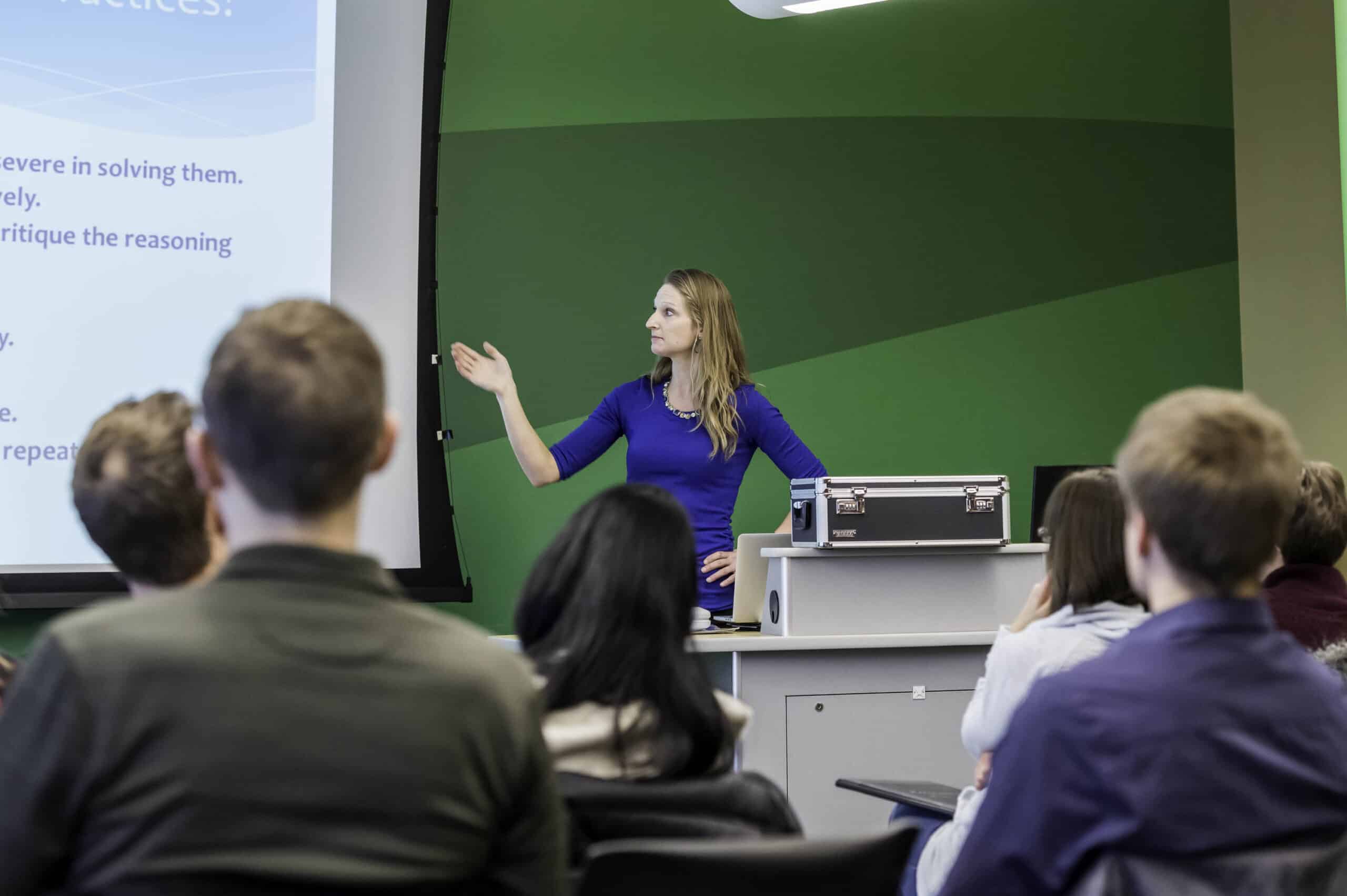
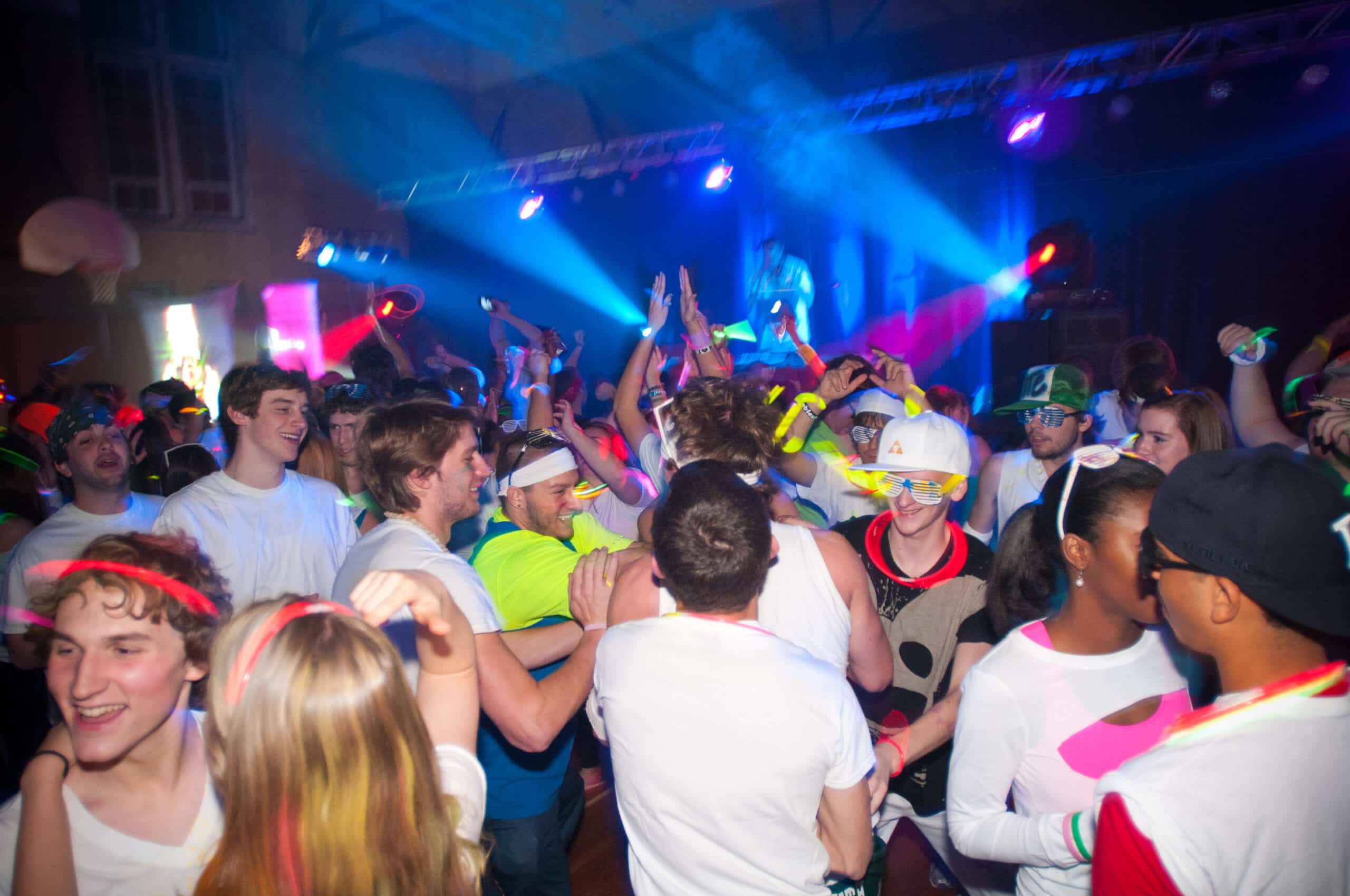
![]() Actividad 1-4. Mariana en la universidad.
Actividad 1-4. Mariana en la universidad.
![]() Actividad 1-5. Otra (Another) universidad.
Actividad 1-5. Otra (Another) universidad.
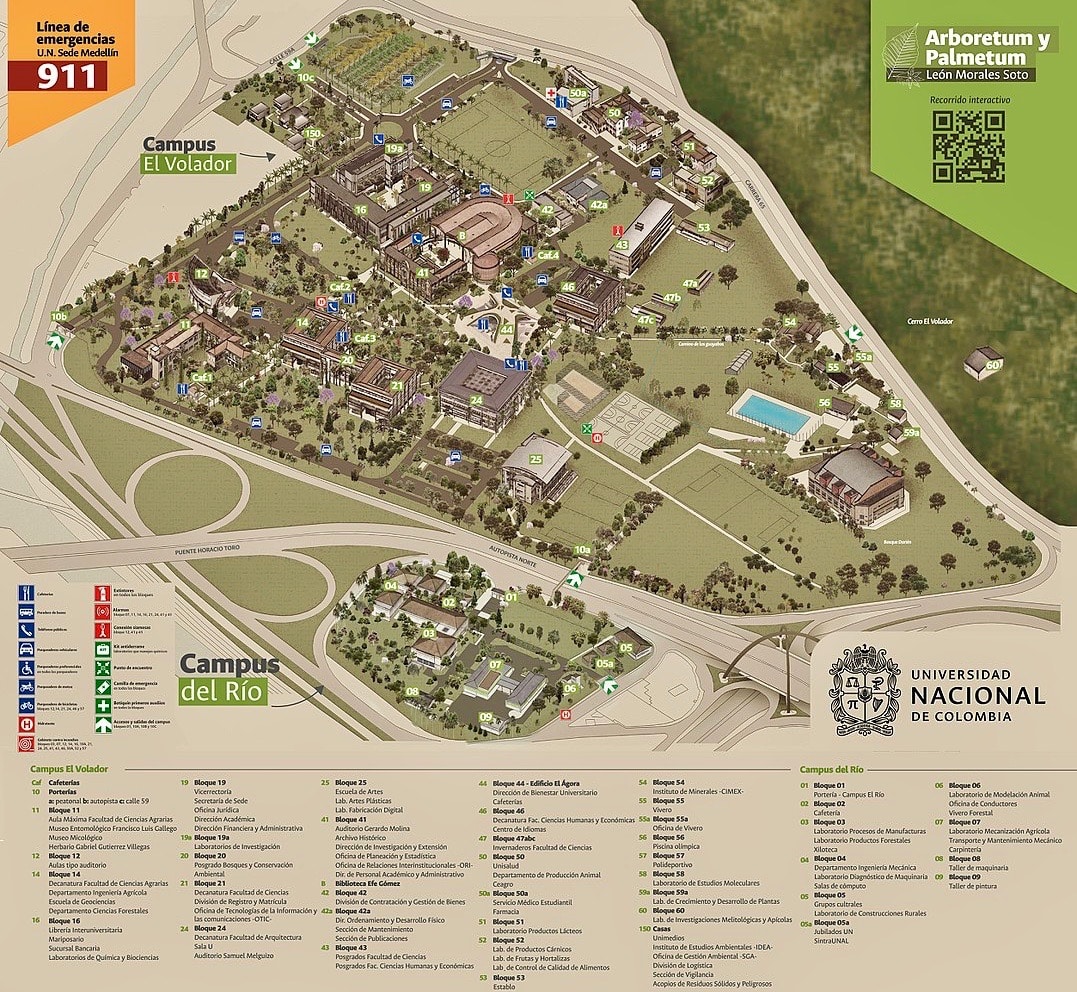
![]() Actividad 1-6. Nuestra (Our) universidad ideal.
Actividad 1-6. Nuestra (Our) universidad ideal.
Click on the following button to continue using your new structures.
Now it’s time to use our new vocabulary and structures and learn more culture! Let’s move to
